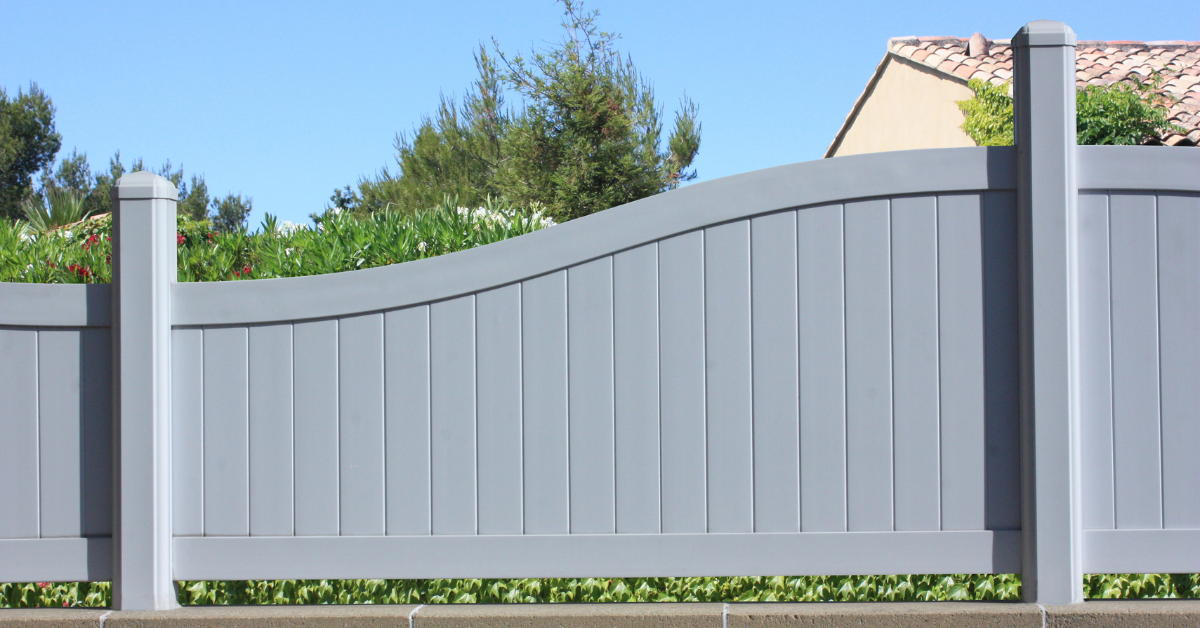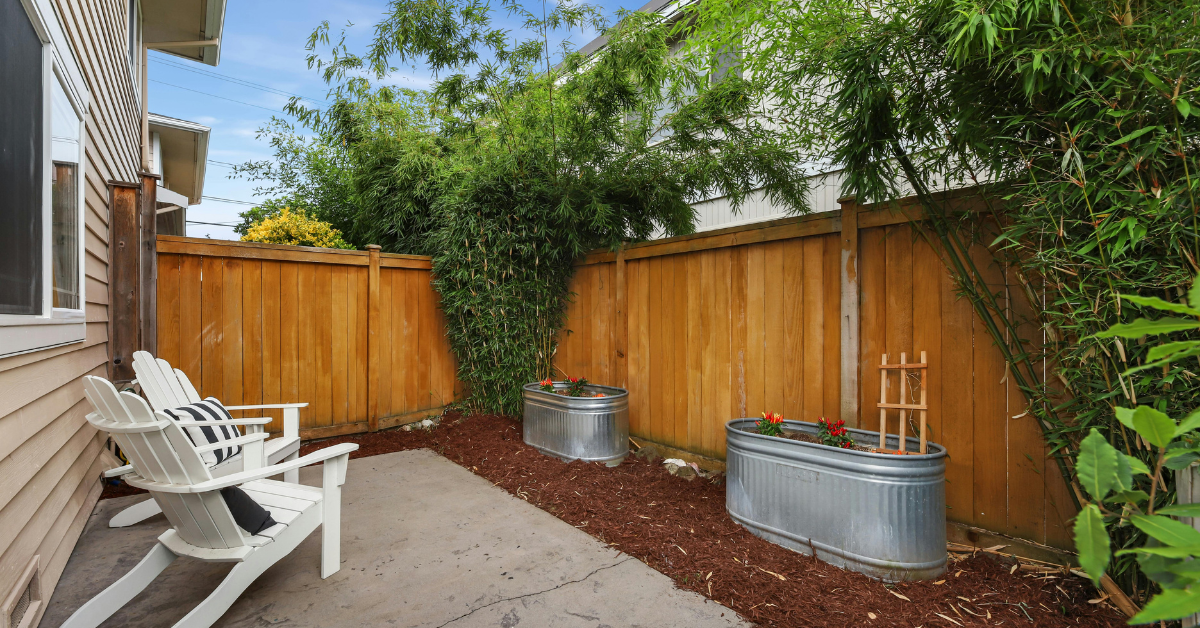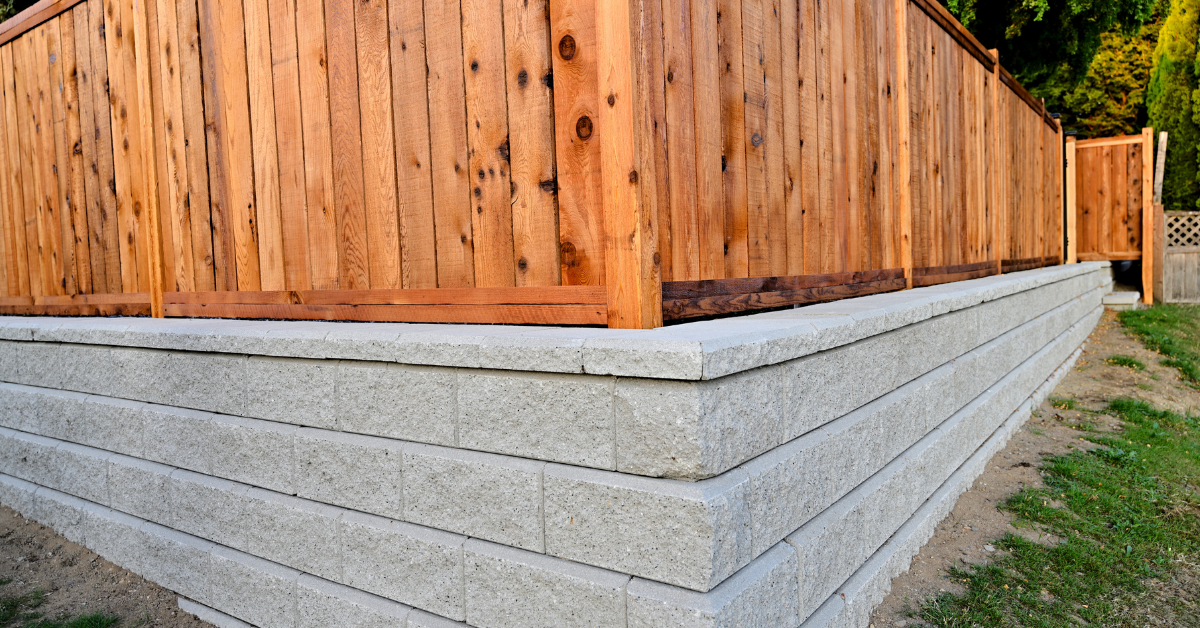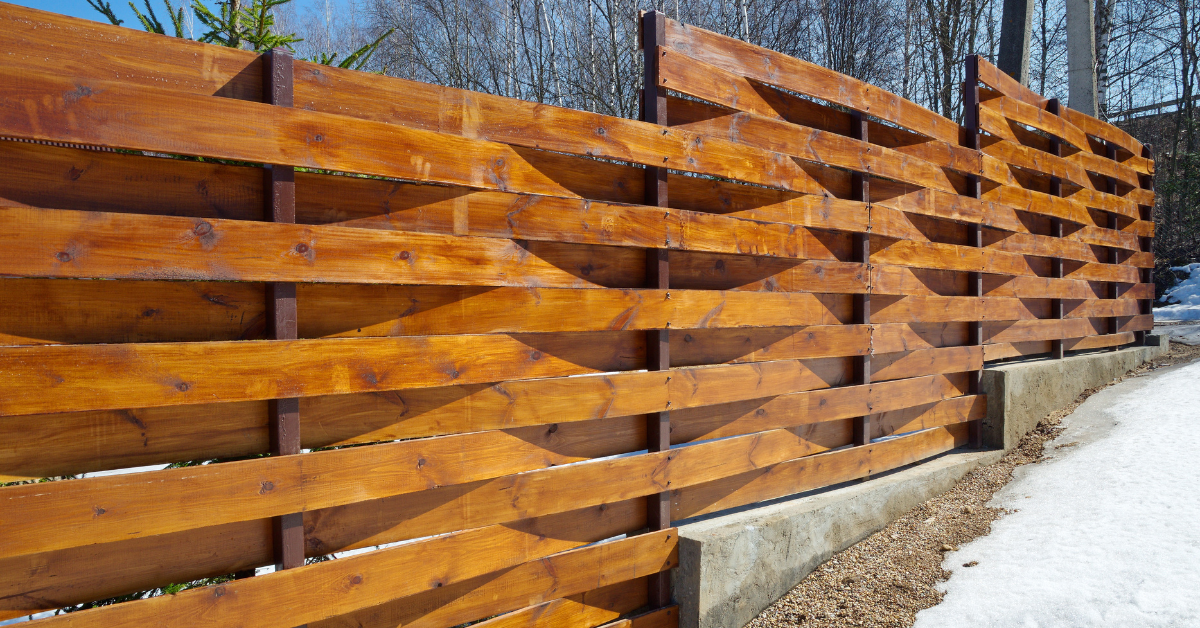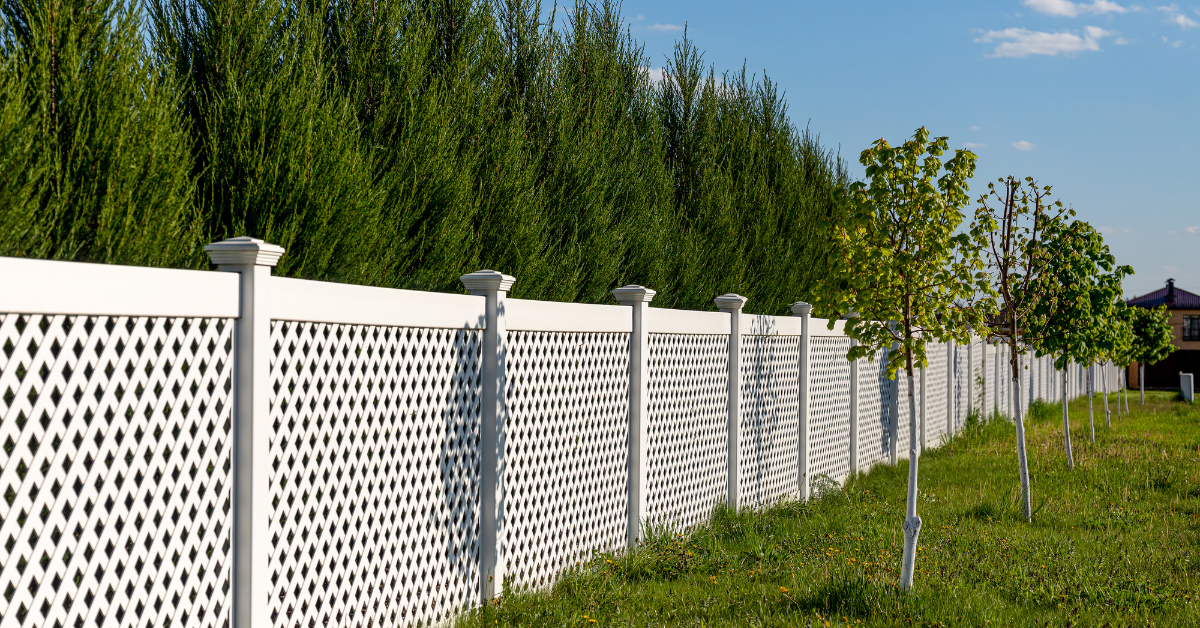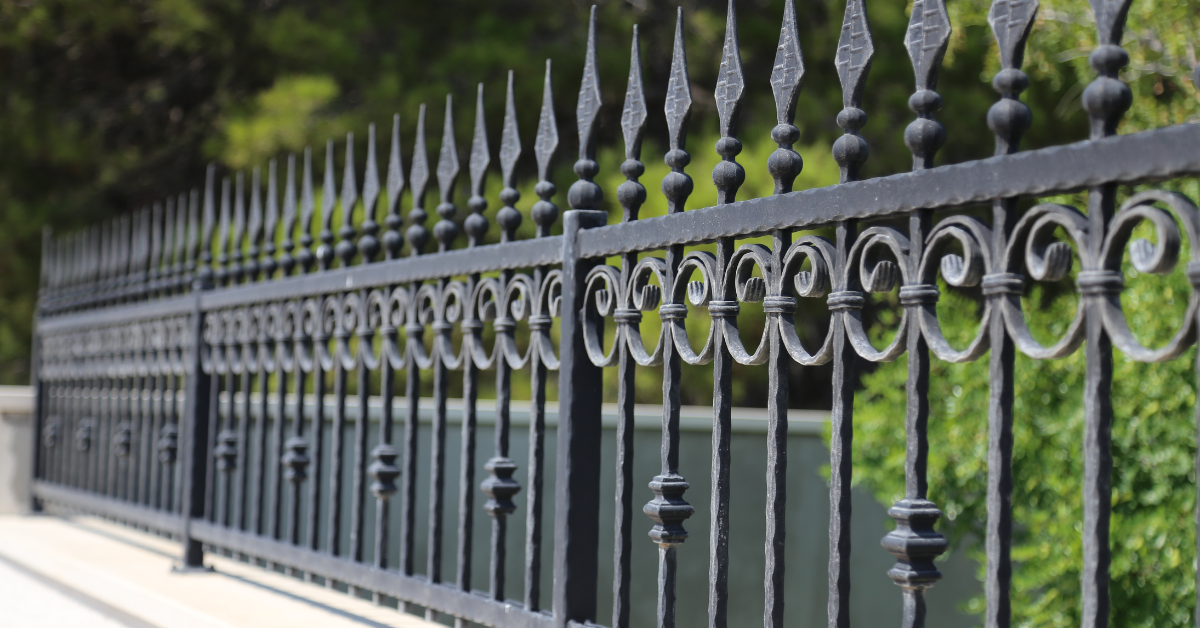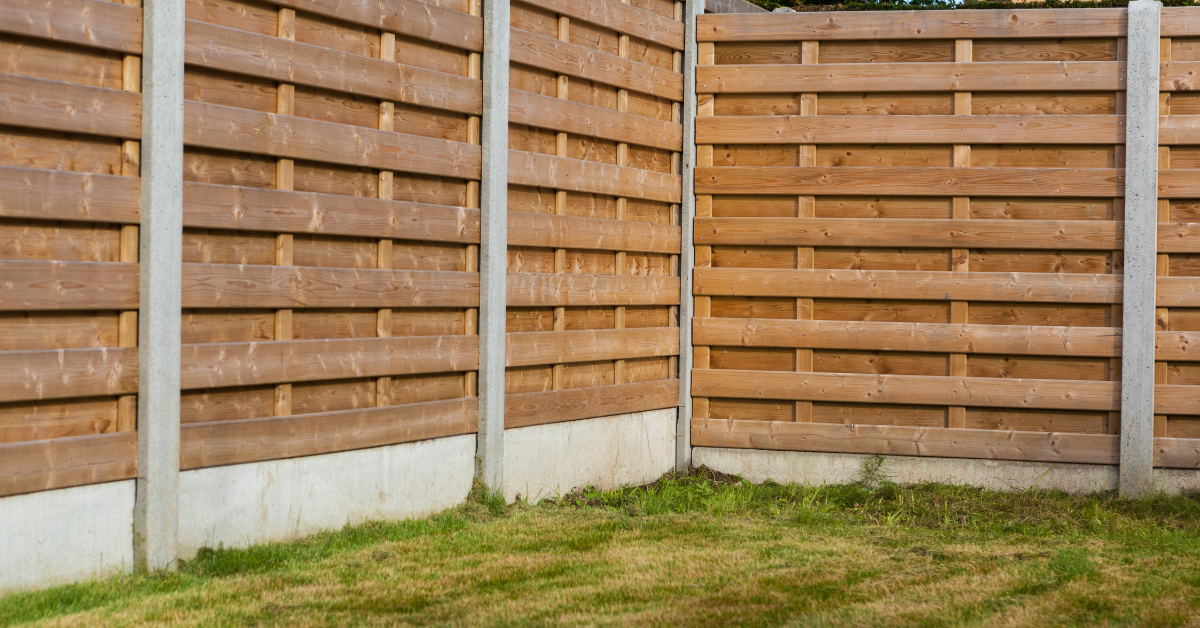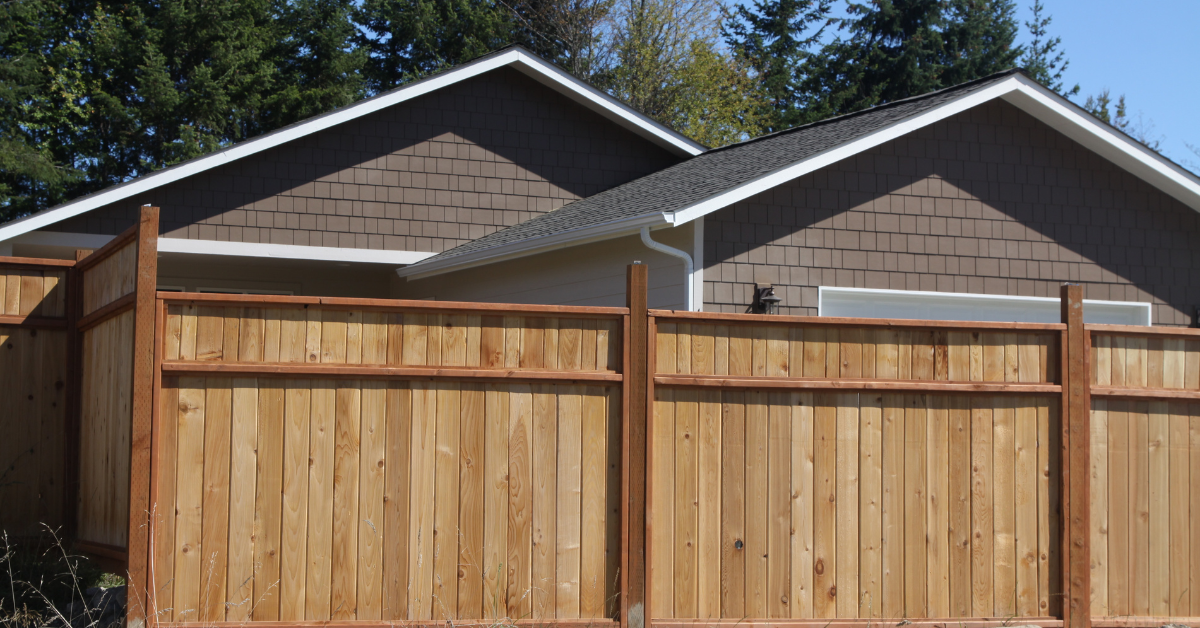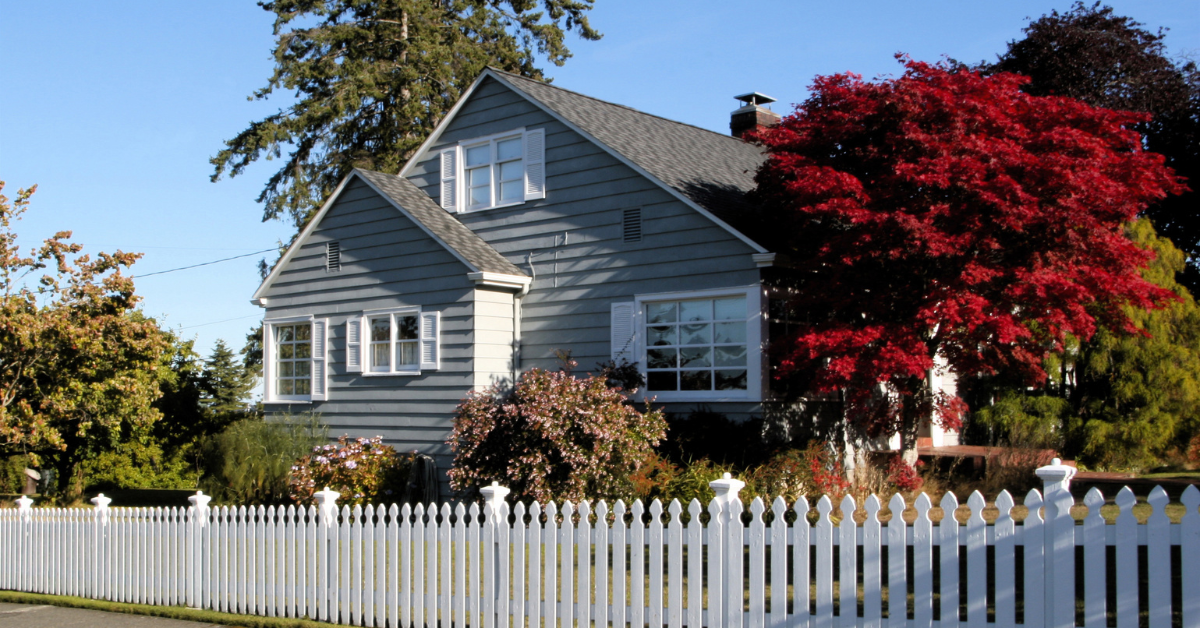Vinyl Fence in NJ vs Wood: Which Is Better?
When homeowners in New Jersey are considering options for a new fence, they often face the decision between vinyl and wood. Both materials come with their own advantages and drawbacks, and choosing the best one depends on various factors such as budget, maintenance preferences, aesthetic goals, and environmental considerations. This blog will delve into the differences between vinyl and wood fencing, exploring the benefits and challenges of each to help you make an informed decision.
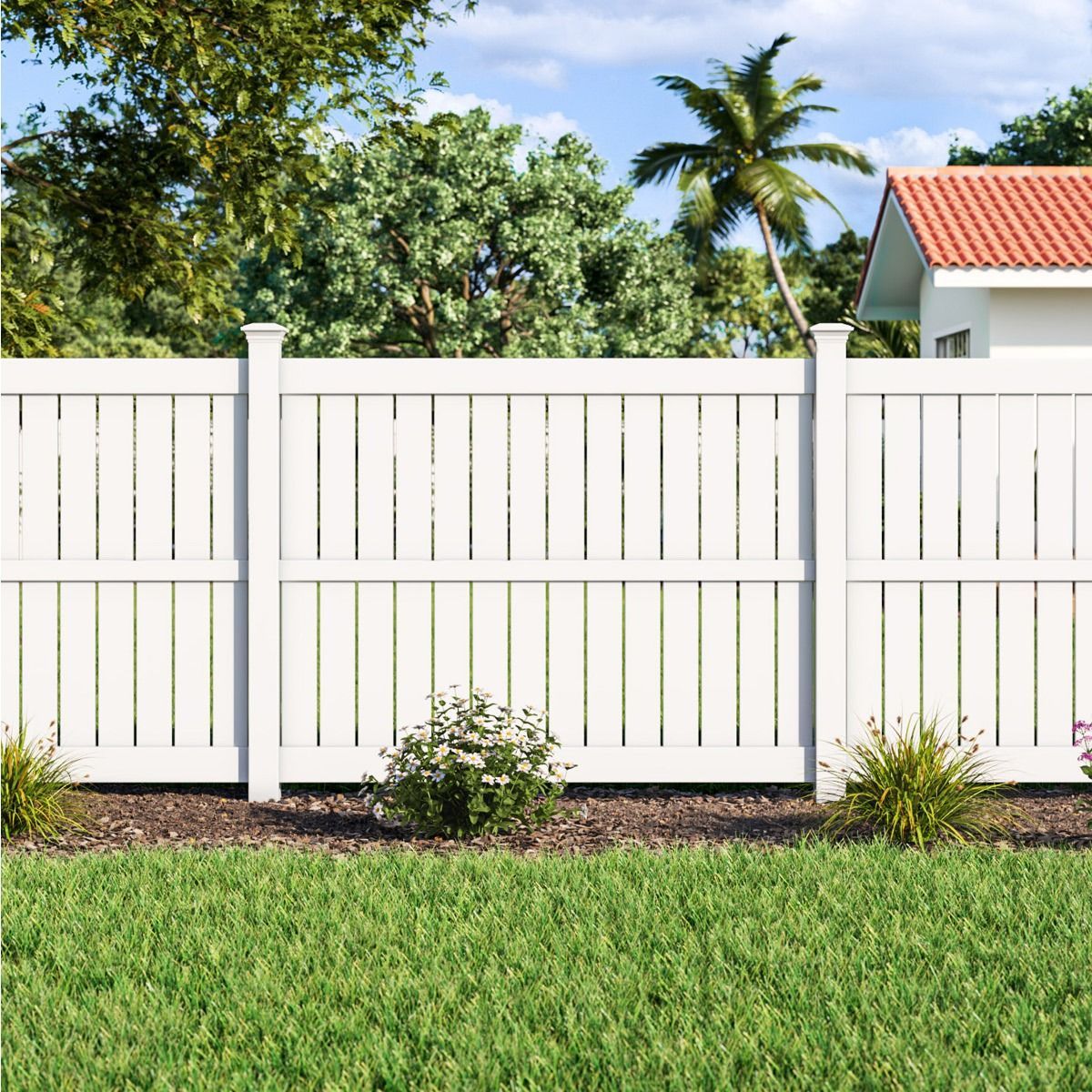
Understanding Vinyl Fencing
Vinyl fences are made from synthetic plastic materials, primarily polyvinyl chloride (PVC). This material is known for its durability, low maintenance requirements, and ability to withstand a wide range of weather conditions. Vinyl fences come in a variety of styles and colors, offering homeowners a versatile option for both privacy and aesthetic appeal. The material is resistant to pests, rot, and mold, which makes it an attractive option for areas with humid climates or frequent rainfall, such as many parts of New Jersey.
Exploring the Benefits of Vinyl Fencing
One of the primary advantages of vinyl fencing is its longevity. Unlike wood fences, which are prone to weathering, fading, and damage from insects, vinyl fences retain their appearance over time. They don’t warp, crack, or splinter, even after years of exposure to the elements. In addition to its durability, vinyl fencing requires minimal maintenance. It doesn’t need to be sanded, stained, or painted, saving homeowners both time and money in upkeep. Simply washing the fence with soap and water can maintain its appearance, making it an excellent choice for those looking for a hassle-free option.
The Drawbacks of Vinyl Fencing
Despite its many benefits, vinyl fencing does have a few downsides. The most significant disadvantage is its initial cost. Vinyl fences are typically more expensive than wood, which can make it less appealing to homeowners with a limited budget. Additionally, while vinyl is durable, it can be susceptible to cracking in extremely cold temperatures. If the material is not properly installed or maintained, it can also become brittle and break under pressure. Finally, while vinyl offers a variety of design options, it may not provide the natural, classic look that many homeowners desire, particularly those seeking a more traditional aesthetic for their property.
Understanding Wood Fencing
Wood fencing is a traditional choice for homeowners looking for a natural, timeless look. Wood fences are made from a variety of timber types, including cedar, pine, and redwood, each offering different levels of durability and resistance to the elements. Wood fences can be customized to suit any landscape or design vision, and they blend well with a variety of architectural styles. Unlike vinyl, which is man-made, wood provides a natural look that many homeowners find aesthetically pleasing.
The Benefits of Wood Fencing
One of the key advantages of wood fencing is its affordability. In most cases, wood fences are less expensive to install than vinyl fences, making them an attractive option for homeowners who are on a tight budget. Wood is also incredibly versatile and can be customized to meet your specific needs. Whether you want a privacy fence, a decorative picket fence, or a boundary fence, wood can be easily shaped and painted to match your vision. Furthermore, wood offers a traditional, rustic charm that is difficult to replicate with other materials, making it the preferred choice for those seeking a natural, classic look.
Challenges with Wood Fencing
While wood fencing has many benefits, it is not without its challenges. One of the main drawbacks is its maintenance requirements. Wood fences are susceptible to a wide range of issues, including rot, splintering, fading, and warping. These problems are often caused by exposure to moisture, pests, and changes in temperature, which can result in costly repairs or replacement. To keep a wood fence looking its best, homeowners must regularly seal, stain, or paint the wood to protect it from the elements. This ongoing maintenance can be time-consuming and expensive, especially if the fence is large or if it is exposed to harsh weather conditions.
Cost Comparison: Vinyl vs Wood Fencing
When comparing the costs of vinyl and wood fencing, the initial investment for vinyl is generally higher. Vinyl fences can cost up to 50% more than wood fences, depending on the style and design. However, this higher upfront cost is often offset by the long-term savings in maintenance. Wood fences require regular upkeep, including painting, staining, and sealing, which can add up over time. In contrast, vinyl fences require little to no maintenance beyond occasional cleaning, making them a more cost-effective choice in the long run.
Environmental Considerations: Which Is More Eco-Friendly?
For environmentally-conscious homeowners, the sustainability of the materials used for fencing is an important factor. Wood is a renewable resource, and many wood fences are made from sustainably harvested timber. However, wood fences require significant amounts of water, chemicals, and energy to maintain, particularly when it comes to the use of paints and stains. Additionally, when wood fences reach the end of their lifespan, they can contribute to landfill waste unless properly disposed of.
Vinyl fencing, on the other hand, is made from synthetic materials, which means it is not biodegradable. However, some vinyl manufacturers are taking steps to reduce their environmental impact by using recycled materials in the production of their fences. Vinyl also requires less maintenance, which means fewer chemicals and resources are used over time. While neither material is perfect in terms of sustainability, wood is generally considered to be the more eco-friendly option, provided that it is sourced responsibly.
Aesthetic Appeal: Vinyl vs Wood
The aesthetic appeal of your fence is a major factor in the decision-making process. Vinyl fences are available in a wide range of colors, textures, and designs, offering homeowners plenty of options to match their property’s style. However, some people find that vinyl lacks the natural charm and warmth of wood, which is one of the reasons why wood remains a popular choice among homeowners who want to create a more rustic, traditional, or organic look.
Wood fences can be stained or painted to create a custom appearance, and they have the ability to weather over time, which some homeowners find appealing. The natural grain and color variations in wood add character and warmth to a property, making it an ideal choice for those who value the beauty of natural materials.
Durability and Lifespan: Vinyl vs Wood
In terms of longevity, vinyl fences generally have a longer lifespan than wood. A well-maintained vinyl fence can last 20 years or more, while wood fences typically need to be replaced every 10 to 15 years, depending on the type of wood and environmental conditions. The durability of wood can be compromised by exposure to moisture, insects, and temperature fluctuations, which can lead to rotting, warping, or pest infestations.
Vinyl fencing, on the other hand, is resistant to these issues and is more likely to maintain its appearance and function over the years. While vinyl may become brittle in extreme cold, its resistance to fading, cracking, and mold growth makes it an ideal option for areas with harsh weather conditions, such as those found in New Jersey.
Final Thoughts: Which Fence Is Right for You?
When deciding between vinyl and wood fencing in New Jersey, the best choice depends on your priorities. If you’re looking for a low-maintenance, durable option that can withstand harsh weather conditions, vinyl fencing is an excellent choice. It may come with a higher upfront cost, but it will save you time and money in the long run.
However, if you’re drawn to the natural beauty and traditional charm of wood, and you’re willing to put in the effort for regular maintenance, wood fencing can provide an attractive and affordable solution. Keep in mind that wood requires more upkeep and may not be as durable in the long term as vinyl, but it offers a timeless aesthetic that vinyl may lack.
Ultimately, the decision between vinyl and wood fencing is a personal one, and it should reflect your budget, aesthetic preferences, and willingness to invest in long-term maintenance. Whether you opt for vinyl or wood, both materials have the potential to enhance your property and provide the privacy, security, and curb appeal that you desire.
If you're ready to install a high-quality fence that suits your needs, reach out to Solanos Fence for expert guidance and installation. We are here to help you choose the best fence for your property, offering both vinyl and wood options with professional installation services. Contact us today at (973) 220-7638 or visit our office at 1275 Bloomfield Ave Building 3 Suite 51, Fairfield, NJ 07004 to get started on your fencing project.
Ready to work with Solanos Fence?
Let's connect! We’re here to help.
Send us a message and we’ll be in touch.
Or give us a call today at 973-220-7638

